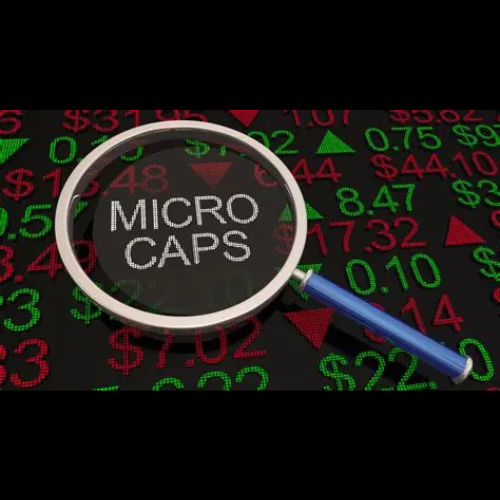Ladies, Gentlemen, and Investing Aficionados roll up your sleeves and don your thinking caps. As we sweep up the remnants of the Fourth of July celebrations, let’s dive into the archives and explore an annual tradition as American as apple pie – the historical gyrations of the U.S. stock market post the Independence Day extravaganza. You see, just like Uncle Bob’s inevitable backyard BBQ burn, some patterns are just too predictable to ignore.
Sources from the Almanac of American Finance (The Stock Trader’s Almanac) often note that “When July goes, so goes the year.” Quite a bold statement, but before you start dusting off your beach shorts for an early vacation, let’s take a deeper look.
Historically speaking, the U.S. stock markets have demonstrated fascinating behavior following the Fourth of July. The S&P 500, a reliable economic bellwether, is often seen to pause its frantic dance and take a momentary breather right after the holiday. Perhaps it’s just catching its breath from the excitement of the fireworks displays, or maybe it’s simply nursing a patriotic hangover.
Let’s take a trip down memory lane. In 2019, for instance, the Dow Jones closed higher on the first trading day after Independence Day, echoing the boisterous celebrations of the country. Yet, in 2020, the scenario played out differently. A spike in COVID-19 cases muted the Fourth of July celebrations, and the stock markets appeared to be singing the same somber tune. It seems the markets, just like the rest of us, can’t resist getting swept up in the national mood.
Delving further back, according to the Stock Trader’s Almanac, over the last 21 years (up to 2021), the Dow Jones Industrial Average has been up 12 times and down 9 times in the week following the Fourth of July. So, it’s a mixed bag, like Grandma’s candy assortment – you never quite know if you’re going to get a caramel delight or a bitter licorice.
When it comes to the first trading day after July 4th, the Almanac states that it has been positive only 51.1% of the time since 1950. So, statistically speaking, it’s essentially a coin toss – a decision best left to Two-Face in a Batman comic.
Now, dear reader, before you rush off to adjust your portfolio or devise an investment strategy around this phenomenon, remember, past performance is not indicative of future results. Just because Uncle Bob burnt the burgers last year doesn’t mean this year’s BBQ is destined to suffer the same fate.
In the end, it seems the only reliable prediction about the stock market’s performance post-July 4th is that it’s unpredictable. So, as we watch the smoke from the last firework fade into the summer sky, let’s remember that while patterns can be amusing, investing should always be based on rigorous research, a long-term perspective, and perhaps just a dash of patriotic optimism.
Disclaimer: This article is intended for informational and entertainment purposes only. It should not be considered financial or investment advice. Always consult with a certified financial professional before making any significant financial decisions.






